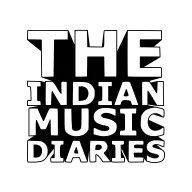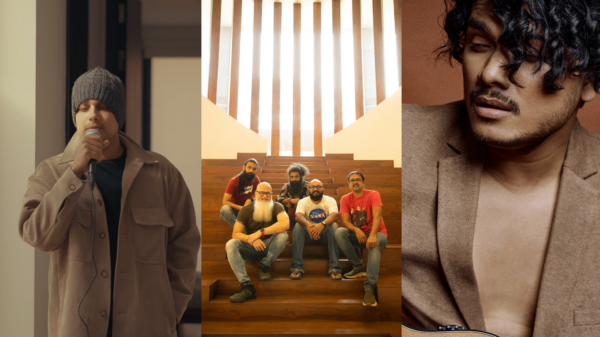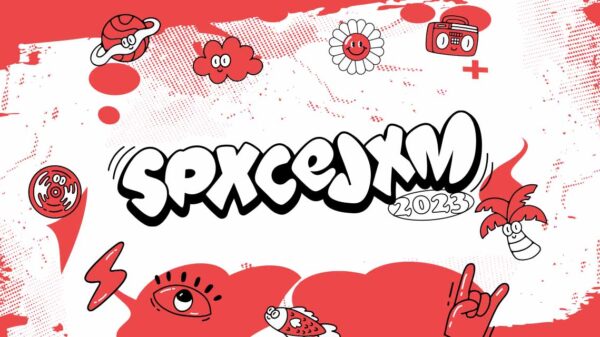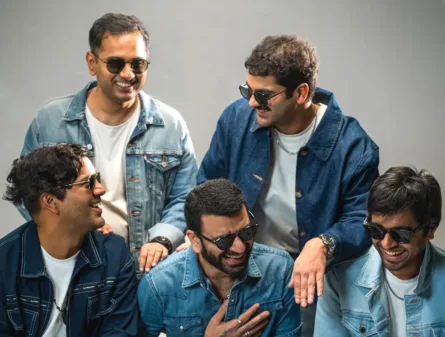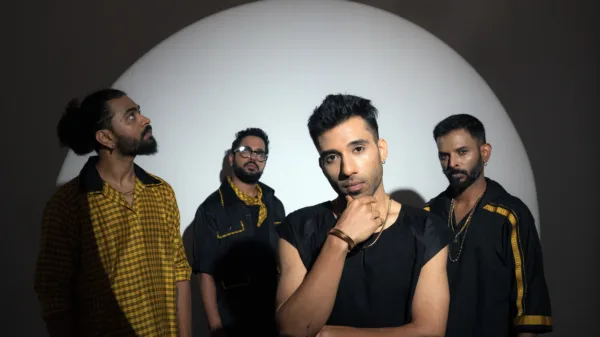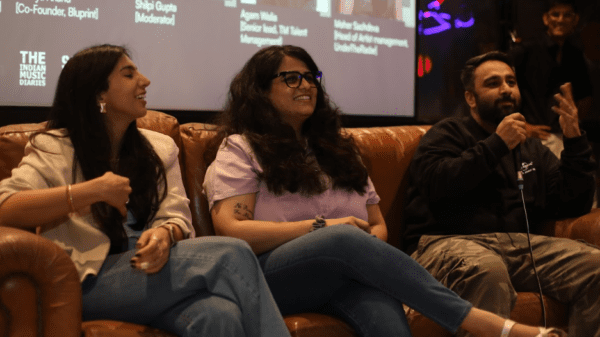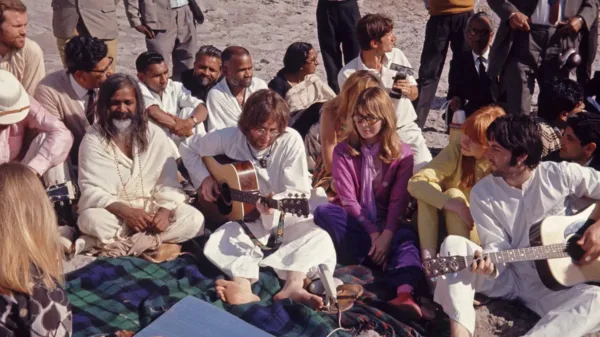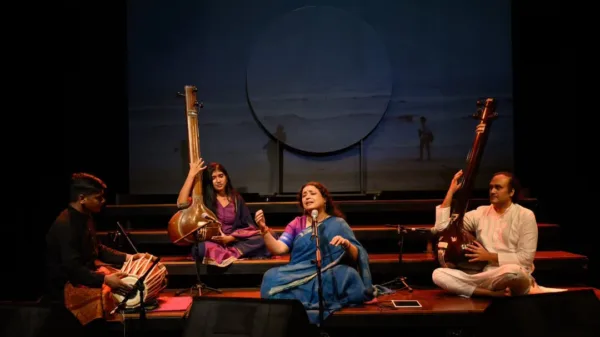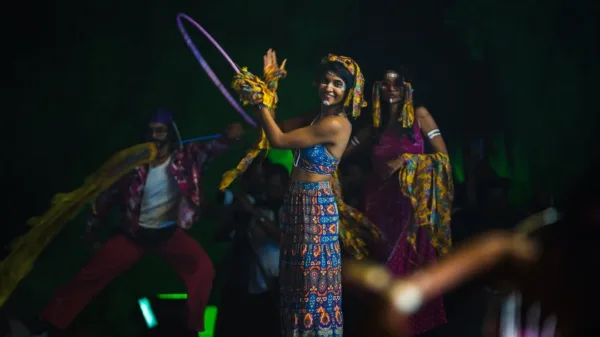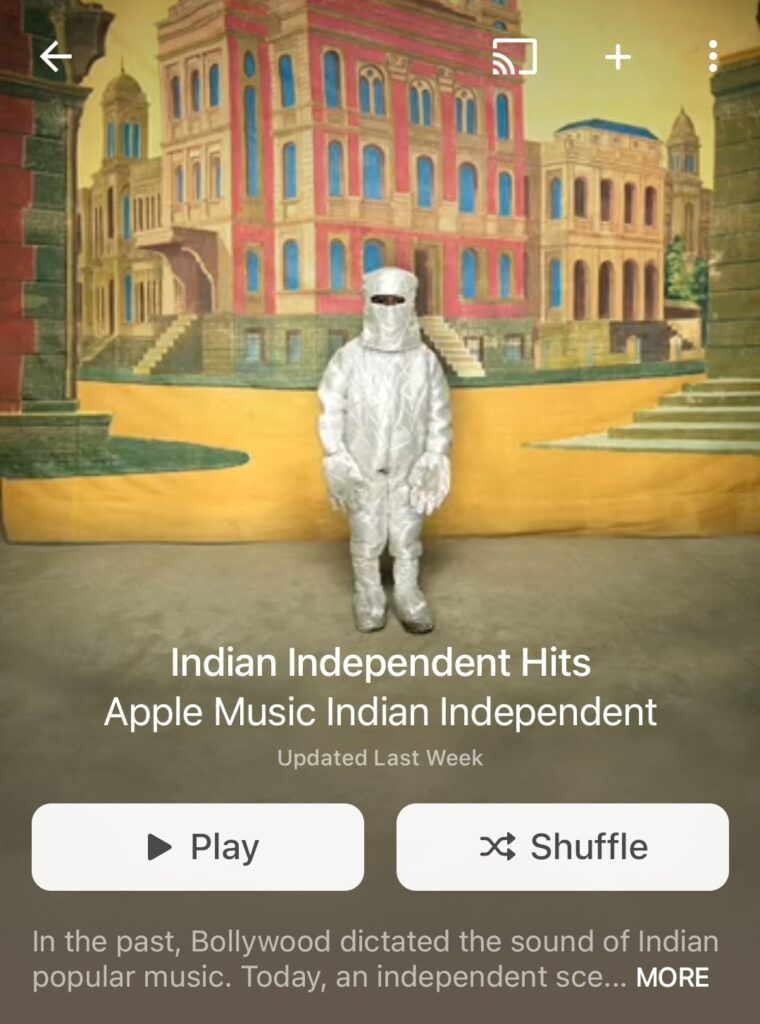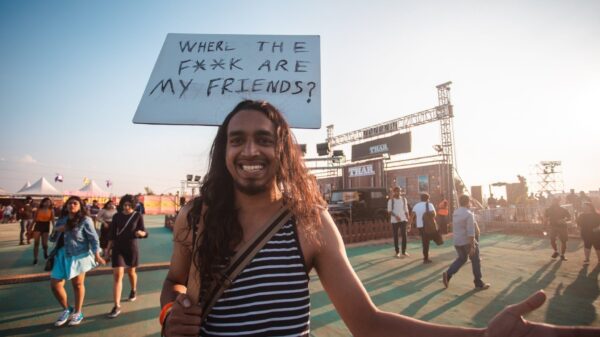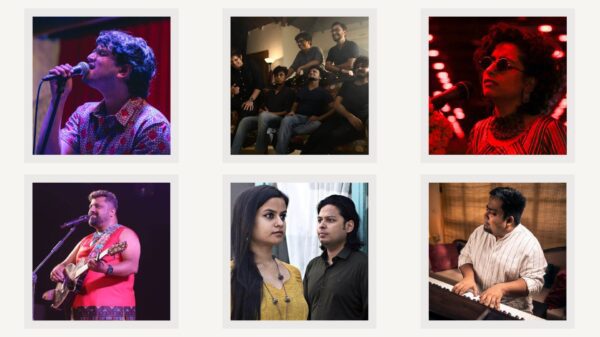The act of looking for new music that floats your sonic boat, and fits into the shape of your listening patterns can often be overwhelming — especially so with the overloading of our cognitive systems with an abundance of content. It feels inescapable, at times, the onslaught of content thrown our way, soundbytes of seconds-long catchy songs that are meant to pique your interest with one disjointed hook that does not really play into the rest of the song. However, if you have ever tried to escape doom-scrolling, but still listen to new, good music, you have probably found yourself maneuvering through Spotify’s multiple playlists — each algorithmically “curated” to fit different certain taste profiles.
One of the most prominent playlists from Spotify India is its RADAR India – a 75 song playlist compiled by the music mega-giant itself, which is supposed to contain the “most exciting artists from the Indian indie scene” currently standing at 175k+ saves. The other important one is called Indie India, described as one containing 75 more songs, with 800k+ saves. It is to be remembered, however, that the former one is for new releases, while the latter is for the tracks that have achieved some cult classic / iconic status among listeners. In an article titled, “The curious case of Spotify India’s Radar: What it takes for an indie artist to be featured on the coveted programme”, Amit Gurbaxani writes for Firstpost – “If you’re an Indian independent musician, then it’s very likely that you’re aware of Radar, Spotify’s “global emerging artist programme” , which spotlights indie acts … Around December, I began noticing that similar kinds of artists tend to get picked as Spotify India’s Radar artist of the month … It’s not surprising that singer-songwriters dominate. Even in the US, Spotify has been called out for favouring a particular style of music, specifically “muted, mid-tempo, melancholy pop, a sound that has practically become synonymous with the platform”, the purveyors of which, more often than not, are singer-songwriters.” This observation still stands true, by the way, when one looks at the most recent Radar India playlists – there is almost an accepted construction of the “indie” sound – while indie means independent, the sound is more-so a monolith. The essentialization of the soundscape into one generalized atmospheric tonality is not new, and not uncriticized. There are other problems with the compilation strategies employed.

In conversation with Gurbaxani, Padmanabhan ‘Paddy’ Nurani, their head of artist and label partnerships said, “The main criteria is that these artists can’t be on any major or big labels in India. Our intent was to recognise talent that has some social media following, consistency in making music, and with our support, is able to reach a wider audience and get noticed by labels. We’re also trying our best to get artists that have a global appeal, that can crossover from India.” While manually checking through all the 75 tracks on the playlist of RADAR India, I could estimate roughly 33 artists signed to the “major labels” – this does not include all the subsidiary labels that are listed, but are under the wing of a bigger institution. These labels include : Universal Music India, Warner Music Group, Sony Music India, Saregama India, Times Music, and T-Series. This makes for roughly 44% of the entire playlist, notwithstanding some oversights. This indie music output also explains a certain generic identity assigned to the kind of music we have been inundated with over the last few years.
I would, however, like to point you towards the latter half of Nurani’s statement – that there is a certain effort that is actively going towards constructing global artists. This also explains that in the 75 song playlists, there are almost no songs in any “regional” languages — that are not in Hindi or English. It is amusing, because Spotify does have language-specific playlists. For example, this week’s playlist for Radar India has no songs in any regional language. On further prodding, I found that the Indie India playlist, currently, has no songs in regional languages.
It is understandable that there is a desire to create global stars. However, this should not come at the expense of excluding certain groups. If the target is diaspora, why is it still just in English and Hindi? Sometimes, courtesy of the recent surge in worldwide popularity of Punjabi stars like Diljit Dosanjh and AP Dhillon, etc. – you do see a nominal number seep through, but that too only if it has accumulated some momentum/traction amongst the public. The problem is explicit, in this, and it is systemic. While large institutions promote the diversity of Indian music, they often focus on specific styles and genres that are more widely recognized.
I don’t believe the idea of musical inaccessibility due to linguistic variety is logical. Across India, one of the biggest hits is ‘Chuttamalle,’ with speakers blasting a Telugu song. People have danced to Gangnam Style and Waka Waka, and K-pop has entrenched itself into the Gen-Z consciousness. It is not language that restricts our musical experiences; it is the lack of exposure to diverse genres.
There is a similar observation made with YouTube music, which — albeit not as popular as Spotify and Apple Music. YT Music’s Indie Rising playlist, which promises to curate the latest in “Desi Independent Music”. What is noticeable, however, is in the 54 song playlist, there are no tracks in languages that are not English/Hindi. While Spotify tries to integrate “music that is “new” music, YT Music’s approach seems to be going for the most popular, or familiar names in indie music in India, even though they are dated releases. For example, the current indie playlist consists of a rotation of Anuv Jain, Prateek Kuhad, and Ritviz, which are not the latest, by any means. The New Indian Indie playlist, which features 61 songs, has the same problem.
Apple Music differs structurally, with a category called Apple Music Indian Independent. Way more diverse in terms of genre and linguistics, it does provide a counter to its contemporary platforms. For one, the Indian Independent Hits playlist, which is updated regularly, strays away from that lo-fi nearing, mundane-sounding regurgitated acoustic tracklist that concurs with Spotify. What is impressive, is that they manage to integrate Hindustani classical Fusion, DHH, softcore indie, metal, etc. into the same playlist — this also has to do with the length, with 100 songs — it contains nearly double the amount of songs as compared to the other playlists. The 98 tracks on the Indian Independent Essentials. For one, Arivu, Indus Creed, Emiway, Dhruv Visvanath get put on the same playlist — and there exists an equalization, and the selection seems music-driven, rather than a market move designed to get the most streams (although, I guess, everything is strategy, in the end). Anuj Bhatia writes for The Indian Express, “Localisation is another big part of the so-called Apple Music experience, something that might help the company in the longer run. In India, Apple is stressing on the localised flavour, where people like to listen to music in their own language. There are 14 localised radio stations that are combination of popular local languages like Tamil, Telugu, Punjabi and Bengali. Plus, there are stations for different eras of music like 90s Bollywood Radio, Telugu Romance, and Hindustani Classical.”
It seems inconsistent for companies that support “indie” music to prioritize certain styles. Spotify curates innumerable playlists for different languages, and aims to diversify itself to maximize their appeal to the most users possible. One thinks of the Gramscian notion of cultural hegemony – “As the universal dominant ideology, the ruling-class worldview misrepresents the social, political, and economic status quo as natural, inevitable, and perpetual social conditions that benefit every social class, rather than as artificial social constructs that benefit only the ruling class.” What we see here is a focus on a particular cultural perspective that is considered representative of all of India. The articulation of music, the art of its compilation , is not an apolitical act – it is time we stopped seeing it as one, no matter where it finds itself entrenched in.
